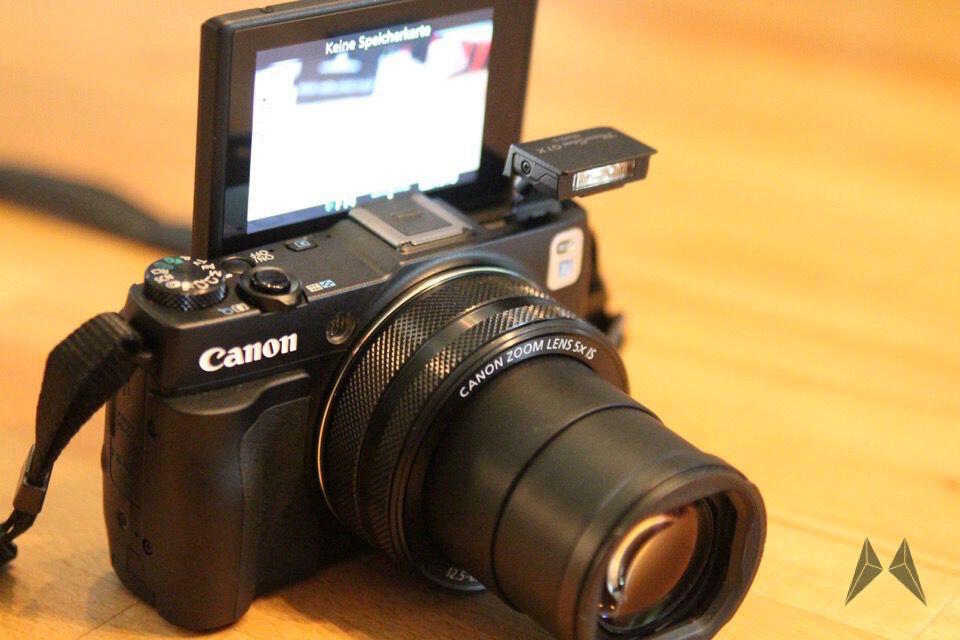
The 18.7 x 12.4 mm sensor size that Canon has been quoting appears to refer to the 3:2 crop area - the sensor itself is the same size as the one in the original G1 X. The G1 X Mark II's pixel dimensions show that it's cropping from a sensor that's larger than the imaging area, allowing it to offer the same angle-of-view for both the 3:2 and 4:3 aspect ratios - something that the original G1 X could not do. While the total pixel count of 15 million is the same as on the G1 X, the G1 X Mark II only uses around 13 million (versus 14.3). It's interesting to compare the EOS-M, which is similar in body size, to the G1 X II: the built-in lens and smaller sensor allow the PowerShot to remain much smaller than the 'M' would be, were there an equivalent lens available. The result is still a fair bit smaller than the APS-C-sized sensors used in Canon's DSLRs, but then the camera is quite a bit smaller, too.

The big story remains the G1 X II's 1.5"-type sensor which is around 5.6 times larger than the one found in Canon's own PowerShot G16.

The G1 X was far from perfect: the lens' maximum aperture range of F2.8-5.8 wasn't great, AF performance and minimum focus distance were disappointing, continuous shooting rates were poor, and battery life was downright lousy. The result was one of the first semi-pocketable cameras to offer image quality that rivaled that of interchangeable lens cameras. It featured a 1.5" sensor (which is only 20% smaller than APS-C), 28-112mm lens (albeit a moderately slow one), fully articulating LCD, and optical viewfinder (a rarity at the time).

One of the most exciting cameras that debuted in 2012 was Canon's PowerShot G1 X.


 0 kommentar(er)
0 kommentar(er)
